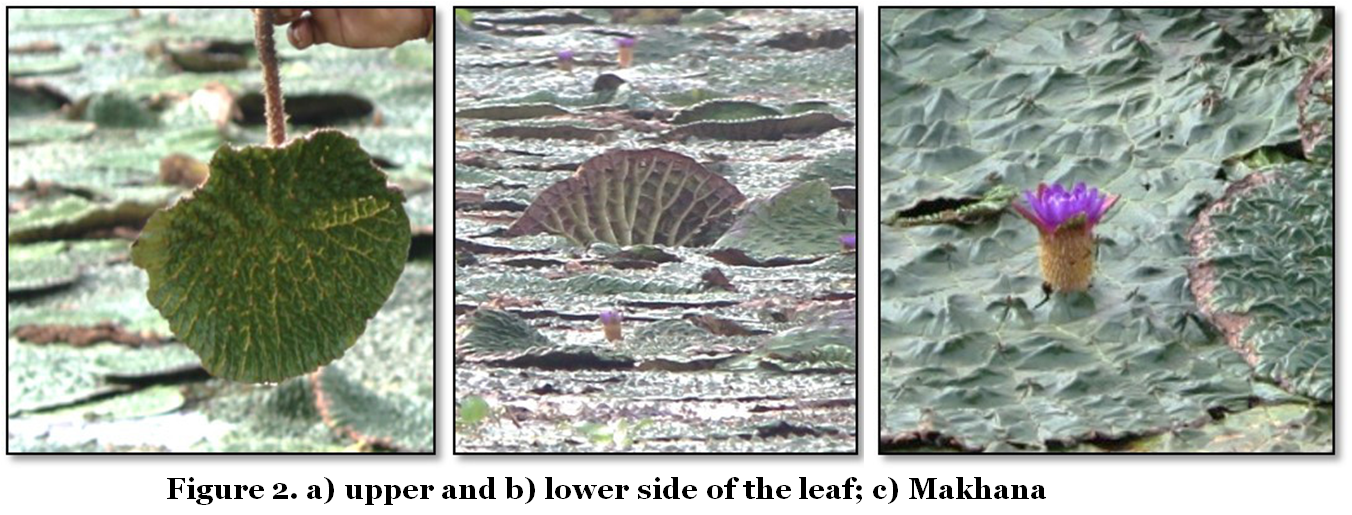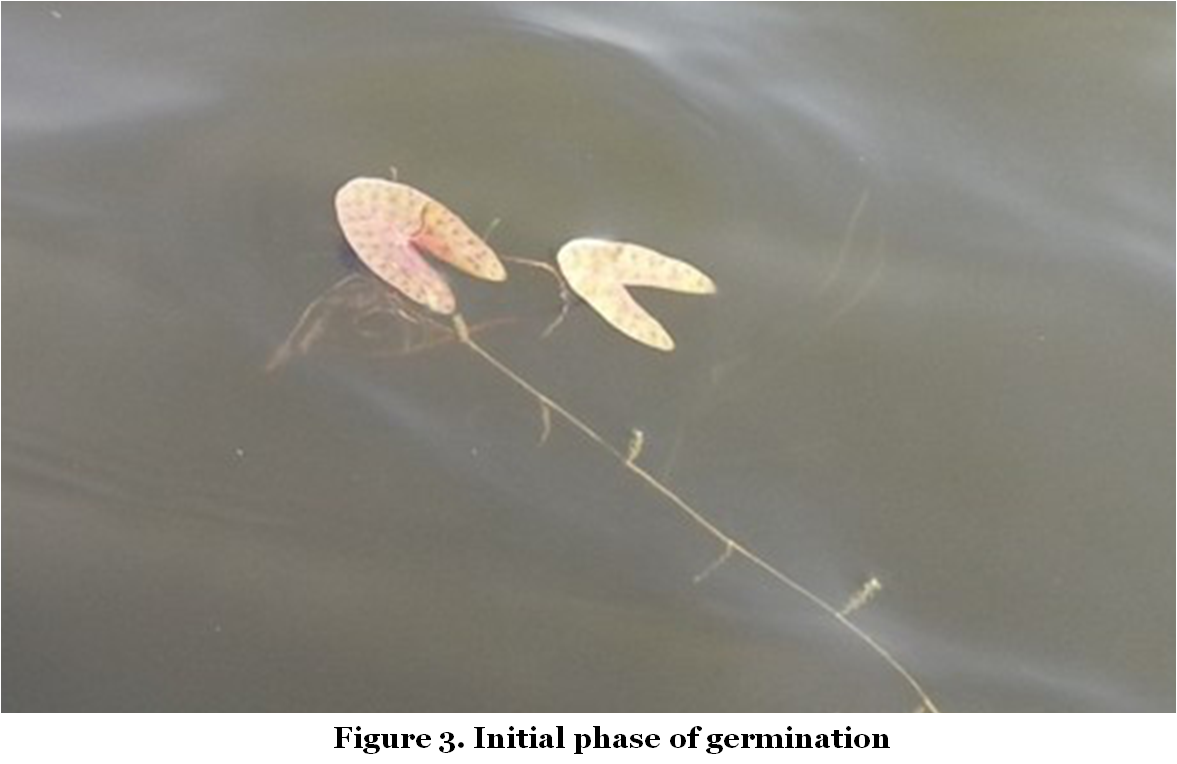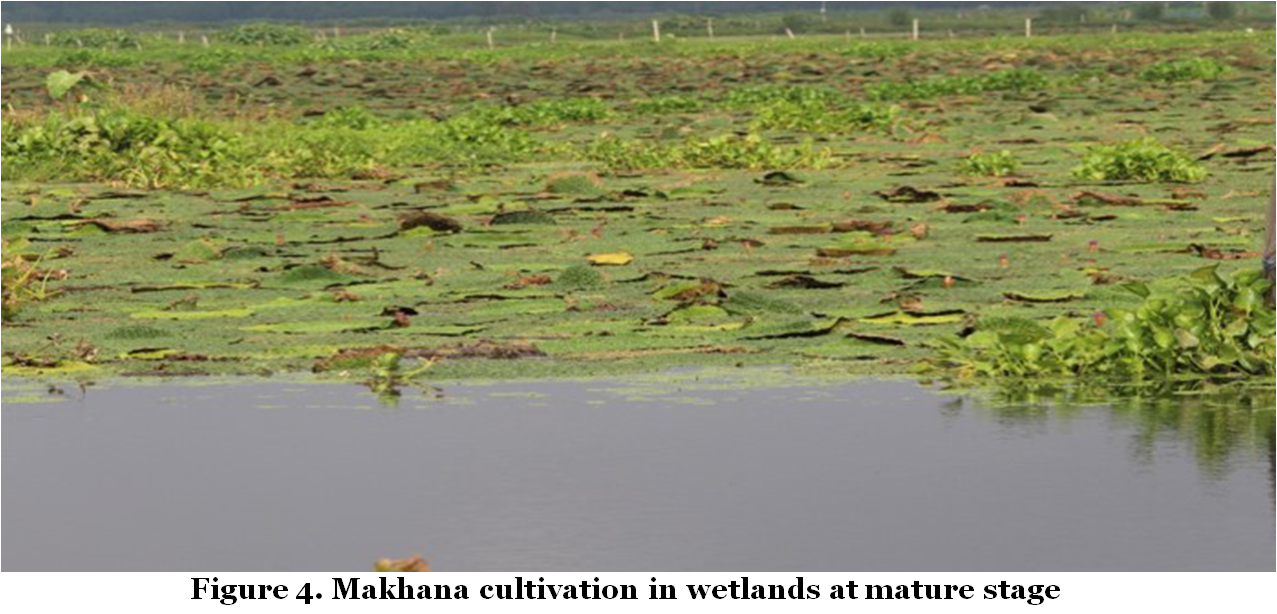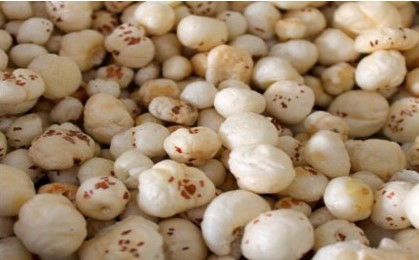Mothers and grandmothers are worried about the health of the children, there are continuous discussions on how to develop a healthy diet for them, there are endless discussions during pregnancy what to eat and what not, so that both mother and baby will be physically fit. Similarly, work-loaded people are looking for some good options to keep themselves stress-free and full of energy. Above all, profit-driven business groups also formulate new recipes in terms of health and nutrition. As a result, our market is flooded with all kinds of nutritional drinks and foods. So the obvious question is how important nutrition is. The state of health of a person is influenced by the consumption and utilization of nutritious food substances, indispensable for a qualitative life and well-being. Therefore, the nutritional status is managed by the balanced food intake and normal utilization of essential nutrients including protein, vitamins, carbohydrate, fat, minerals and electrolytes. In the developing countries like India the economic factors, food habits and lack of nutritional guidance together lead to a high prevalence of malnutrition (deficiency of sufficient nutrients in the body). And protein is the most expensive nutrient which lacks more commonly than any other nutrients (Maura, 2002).
India is blessed with a wide variety of foods (both conventional and unconventional) owing to its rich social, cultural and natural fabric. One such example is Makhana, also known as black diamond, rich in protein and vitamin but low in fat and cholesterol content ideal for modern nutritional demand. Makhana is cultivated within wetlands (transitional zone between terrestrial and aquatic ecosystem), which support a stable aquatic ecosystem with rich biological diversity.
The mother plant, Euryale ferox Salisb. (Makhana) under the family of Nymphaeaceae is a large water lily and commonly known as gorgon nut or fox nut. Morphologically it is a rooted submerged macrophyte with an attached rosette of spiny floating leaves (Figure 1). It is a widely grown macrophyte in the stagnant perennial water bodies, containing frequently waterlogged soil and the water table at or near the surface. Makhana is usually grown in the wetlands, swamp and marshy tracts and nayanjulis (roadside water bodies) during the rainy season. Makhana is a native plant of South-East Asia, China, Japan, Korea, and eastern Russia and is well-distributed all over the world. In India, it is distributed in northern India spanning across the states of Bihar, Jammu & Kashmir, Assam, Manipur, Tripura, Eastern Odisha, Madhya Pradesh, Uttar Pradesh and Rajasthan. In Jammu and Kashmir, Makhana was cultivated as an ancient natural crop, commonly known as juwar. Thereafter, it has expanded in entire north India including eastern and western states. Makhana cultivation is widespread in the north-eastern part of Bihar (Mithilanchal) that accounts for approximately over 80 per cent of India’s total production of Makahana (Chaudhuri, 2006).

Makhana is characterized with gigantic floating leaves ranging from 1 to 2 meter. The rounded leaves (uppermost part) appear to be green whereas the colour is deep purple on the reverse (lower-most) and covered with numerous spines on all the surfaces (Figure 2a, b). It has cluster roots of fleshy and fibrous nature. Makhana has much thicker roots, as long as 40 to 50 cm. This unique aquatic plant is having bright purple-blue flowers, up to 4 to 5 cm long, with white petals in the centre, and long pedicel (Figure 2c). It is an absolutely seed propagated plant, which produces 15 to 20 rounded, spongy fruits, having sharp prickles. Each fruit consists of a number of seeds, small in diameter (less than 2 cm), having a hard outer cover around the white edible part. The seeds are finally processed into the edible form, which is white and starchy in nature i.e. makhana (Kumar et al.2011, Kumar 2017). In India, the wetlands and water bodies constitute a special ecosystem by supporting a notable presence of Makhana over large tracts with a shallow depth (1 to 1.5 meter or 4 to 6 feet). Several pockets of the water bodies are progressively roofed with this hydrophyte especially at the monsoon months when the water is at its peak.
fruits, having sharp prickles. Each fruit consists of a number of seeds, small in diameter (less than 2 cm), having a hard outer cover around the white edible part. The seeds are finally processed into the edible form, which is white and starchy in nature i.e. makhana (Kumar et al.2011, Kumar 2017). In India, the wetlands and water bodies constitute a special ecosystem by supporting a notable presence of Makhana over large tracts with a shallow depth (1 to 1.5 meter or 4 to 6 feet). Several pockets of the water bodies are progressively roofed with this hydrophyte especially at the monsoon months when the water is at its peak.
Makhana is cultivated as a seasonal annual crop and dies out after the fruits mature. The seeds are first broadcasted (sowing) in the surface water of wetland during the post-monsoon period (November-December) (Figure 3). The germination process starts in the month of March and the plant comes out above the surface water. After one and half months (30-45 days) from the flowering period, the fruits get fully matured and the ripen seeds start bursting during the month of July-August (Figure 4). The seeds are generally harvested as well as collected in the last week of July or first week of August, following several rounds of practices. Being a labour intensive crop, Makhana cultivation includes a number of processes like harvesting, collection, cleaning, rubbing, storage, packing and marketing. The entire process of Makhana practice involves a large number of labours. Especially, labourers involved in seeds collection get a good wage, which ranges from Rs. 500-1000 to Rs.1500-2000 per day, depending upon the location.
(November-December) (Figure 3). The germination process starts in the month of March and the plant comes out above the surface water. After one and half months (30-45 days) from the flowering period, the fruits get fully matured and the ripen seeds start bursting during the month of July-August (Figure 4). The seeds are generally harvested as well as collected in the last week of July or first week of August, following several rounds of practices. Being a labour intensive crop, Makhana cultivation includes a number of processes like harvesting, collection, cleaning, rubbing, storage, packing and marketing. The entire process of Makhana practice involves a large number of labours. Especially, labourers involved in seeds collection get a good wage, which ranges from Rs. 500-1000 to Rs.1500-2000 per day, depending upon the location.
Makhana cultivation within the wetlands is associated with numerous economic benefits. There is a scope in revenue generation by practising makhana in a vast area, where the major cost of about 84% is consumed in Makhana processing, as compared to the cultivation cost of only about 15% (Kumar 2017). Furthermore, Makhana cultivating wetlands and water bodies are utilized as an ideal reservoir for culturing diverse fish fauna in the intervening period between two successive Makhana crops. The decomposed plant parts of Makhana accumulate organic detritus in the bottom surface, which are consumed by the bottom-dwelling fish fauna in the wetlands. The Makhana cultivation along with fishing practice has enormous socio-economic values, which provided economic sustenance to the settlers residing around.
for culturing diverse fish fauna in the intervening period between two successive Makhana crops. The decomposed plant parts of Makhana accumulate organic detritus in the bottom surface, which are consumed by the bottom-dwelling fish fauna in the wetlands. The Makhana cultivation along with fishing practice has enormous socio-economic values, which provided economic sustenance to the settlers residing around.
Apart from the economic importance this aquatic macrophyte play a substantial role in the local socio-economy in the form of having nutritional value and medicinal importance. The calorific value of Makhana compares well with staple food materials such as wheat, rice, etc. and supports to meet the great demand for the fish and vegetables of the fast-growing population in India. Makhana seeds (Figure 5a, b) are highly rich in vitamin, protein and mineral contents like magnesium, potassium and phosphorus, but low in saturated fats, sodium and cholesterol. The edible part of the seed contains moisture (12.8%), protein (9.7%), carbohydrates (76.9%), minerals (0.5%) and a very low amount of fat (0.1%) (Anonymous 1952). Moreover, its health benefit is superior to dry fruits and used in making delicious dishes and desserts, which are very popular throughout India. Along with having nutritional value, Makhana is popularly used in the medicinal purposes against several human ailments like respiratory, circulatory, digestive, excretory and reproductive systems.
Makhana is considered as a mandatory ingredient in the baby food in most of the countries and it serves as an ideal food for the old people, because of having rich protein but low-fat content. Makhana is considered excellent during pregnancy because of having a low glycaemic index and other nutritional assets as well.
serves as an ideal food for the old people, because of having rich protein but low-fat content. Makhana is considered excellent during pregnancy because of having a low glycaemic index and other nutritional assets as well.
India, being one of the developing countries of the world, agriculture is the mainstay of the country’s population as well as the economy. Therefore, efforts are being made to spread this distinguished aquatic crop to other suitable areas, so that the wetland based economy in the form of Makhana flourishes as well as gives a considerable amount of cushion to withstand the impact of poverty. Local administration and Government should take some effective steps in order to extend the percentage of cropped area under Makhana cultivation and to improve the scientific knowledge regarding the beneficial effects of Makhana both in terms of health and economy. Furthermore, an attempt is required to mechanize the various components of Makhana cultivation starting from germination to seed collection and for the horizontal expansion of cultivable area (Kumar et al. 2011). India is associated with a number of wetlands, which are agro-climatically suitable for Makhana cultivation. Thus, conservation of these economically viable taxa, with high nutrition value, is desirable from the perspective of biodiversity within the wetlands.
Reference:
- Puste AM (2002) Proper utilization of Tal wetlands through the Cultivation of Gorgon nut or Makhana (Euryale feroxSalisb.) New Delhi: ICAR.
- Chaudhuri SK, Dutta C (2006) Impacts of a patent on Euryale ferox on biodiversity at micro level: a case study. Journal of Intellectual Property Rights: 430-435.
- Anonymous (1952) The Wealth of India. Council of Scientific and Industrial Research, New Delhi
- Kumar A (2017) Cultivation of Makhana, Euryale Ferox for potential utilization. Flora and Fauna: 316 – 318.
- Kumar L, Gupta V, Jha B, Singh I., Bhatt B, Singh A (2011) Status of Makhana (Euryale ferox Salisb. cultivation in India. New Delhi: ICAR Research Complex for Eastern Region.
- Maura EGD, Passos MCF (2002) Importance of the nutritional status for the interpretation of nuclear medicine examinations. Brazilian Archives for Biology and Technology 45.
- Wunderlich S (2013) The importance of appropriate nutrition assessment and nutrition education for older adults. Journal of Nutrition and Food Sciences 3:5.
About Author:




